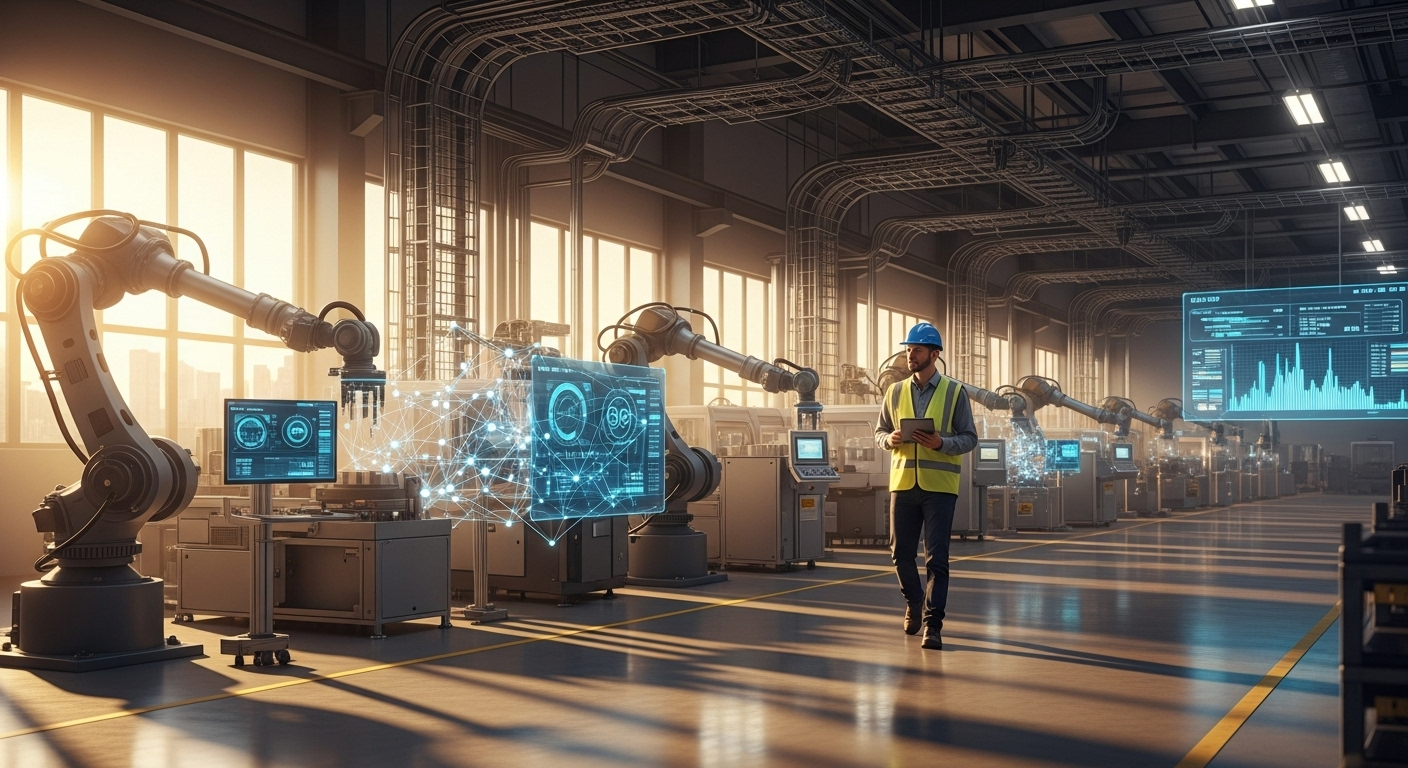Integrating simulation labs into manufacturing education
Simulation labs provide hands-on, low-risk environments where learners practice manufacturing tasks, experiment with automation and robotics, and develop practical competencies before working on live production lines. Well-designed labs bridge theory and practice, support upskilling and reskilling efforts, and help institutions adapt curriculum to evolving industry needs.

Simulation labs are becoming a practical bridge between classroom theory and real-world manufacturing practice, offering learners the chance to engage with automation, robotics, and digital tools in a controlled setting. By embedding simulation into curriculum design, educators can emphasize competency-based outcomes, allow repetitive practice without production risk, and align training with industry process expectations. Simulation environments also let instructors model safety scenarios and maintenance tasks before learners perform them onsite or on a remote-connected platform.
simulation: how does it fit the curriculum?
Simulation works best when it is explicitly mapped to curriculum goals and competency frameworks. Labs should be designed around measurable learning outcomes—such as fault diagnosis, process optimization, or setup changeover times—so that simulation exercises directly assess and build the competencies employers expect. Integrating simulation into modules allows students to iterate on engineering problems, validate digital twins of equipment, and document performance for assessment. This approach supports both academic standards and vocational pathways by showing how simulated tasks translate to onsite performance.
automation and robotics: how do labs mirror production?
Simulation labs enable safe, repeatable interactions with automation and robotics systems. Learners can program robotic sequences, test safety interlocks, and explore sensor integrations without risking damage to high-value assets. Virtual commissioning within the lab lets teams trial automation logic and timing, reducing first-pass errors when systems go live. Exposure to these technologies in training strengthens a learner’s ability to maintain process continuity and contributes to smoother handoffs between engineering, maintenance, and operations roles.
upskilling and reskilling: what role do labs play?
Labs are central to upskilling and reskilling initiatives because they allow rapid retraining on new processes and equipment. Whether workers transition from manual tasks to automated lines or learn additive manufacturing methods, simulation provides a structured, repeatable way to practice. Remote-access simulation can scale training across locations, while onsite labs provide tactile experience. Programs that combine classroom theory, simulation practice, and mentored onsite application are more likely to produce lasting competency improvements and measurable skill gains.
lean and process: how can labs teach optimization?
Simulation labs are effective tools for teaching lean principles and process improvement because they make waste visible and measurable. Trainers can create scenarios that highlight bottlenecks, setup times, and inventory issues, then let learners apply lean tools to redesign workflows. Process simulation supports continuous improvement cycles by enabling hypothesis testing—teams can trial a layout or takt-time change in the virtual lab and assess outcomes before altering physical lines. This reduces disruption and demonstrates data-driven decision making.
safety and maintenance: how are risks managed?
Safety training in simulation labs allows learners to encounter hazard scenarios under controlled conditions, building the decision-making skills needed for real incidents. Maintenance-focused simulations teach diagnostic procedures, lockout-tagout steps, and component replacement workflows without exposing trainees to live equipment hazards. Combining scenario-based safety drills with maintenance tasks helps embed safe behaviors, reduces the likelihood of incidents when operating onsite, and supports competency-based assessment of readiness for field work.
digitalization, onsite and remote: how do access models differ?
Digitalization enables simulation labs to serve both onsite and remote learners. Cloud-hosted virtual PLCs, digital twins, and remote HMI access allow trainees to engage from different locations while preserving version control and learning analytics. Onsite labs remain important for hands-on tasks like manual assembly or physical additive manufacturing exercises, where tactile feedback matters. A hybrid model—remote simulation for programming and diagnostics plus onsite practice for assembly and maintenance—maximizes resource utilization and broadens access to training.
Conclusion Integrating simulation labs into manufacturing education strengthens the connection between theoretical learning and practical competency. When simulations are aligned with curriculum, focused on measurable outcomes, and combined with both onsite and remote access, they support automation and robotics familiarity, lean process thinking, safety awareness, maintenance readiness, and pathways for upskilling and reskilling. Thoughtfully designed lab programs help prepare learners to contribute effectively in increasingly digitalized manufacturing environments.





